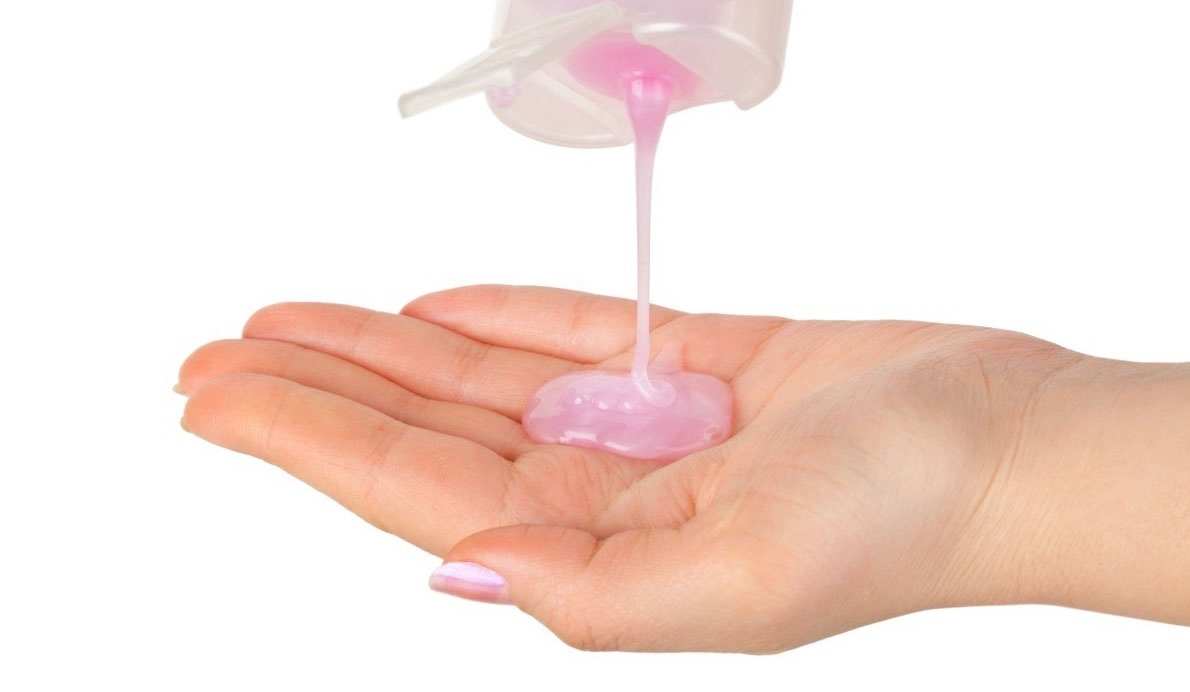This drugstore shampoo can dry out your hair and scalp!
Is your hair "dull," frizzy, and your scalp itchy? It could be the fault of the shampoo. Find out what, important aspect we don't remember when shopping at the drugstore.

What does the pH of a shampoo tell you?
pH is a scale that defines the reaction of aqueous solutions, and its values range from 0 to 14. The lower the pH indicates an acidic reaction, and the higher the scale - more alkaline. The scalp also has its own pH (about 4.5 - 5.5,), and the hair shaft (about 3.7), both of which are acidic. Acid-alkaline imbalance of the skin (not just that on the head) and hair is the first step to both aesthetic and health problems. Meanwhile, it turns out that most drugstore shampoos have a pH level of alkaline, which can lead to scalp infections (the acidic environment of the scalp doesn't allow bacteria and fungi to multiply), itching, dandruff, dryness, and frizzy hair, among other things.
What kind of shampoo won't harm you? Certainly one that doesn't contain SLS and is designed for demanding scalp and strands. In the first case, Rehab from Halier will work, which tones the scalp and restores its natural balance, thus reducing the activity of the sebaceous glands and preventing oily hair. After treatments (such as coloring or bleaching), it's a good idea to acidify the hair with Neutralizing shampoo from Insight, which closes the scales, smooths the hair and keeps the color for longer.
How to check the pH of a shampoo?
Unfortunately, finding information on the pH of a given shampoo is extremely difficult, and in most cases even impossible, since the law does not impose such an obligation on the manufacturer. It's also not worth counting on medicated shampoos, or those for children, to improve the condition of our hair strands - according to a study conducted for the International Journal of Trichology, the latter in particular have a pH far too high to keep hair in good condition. The surest way to check the pH of a cosmetic is to test it with litmus paper, and in the first place simply observe your hair - worsening oiliness, or conversely, severe dryness and irritation of the scalp, may indicate precisely the wrong cosmetic.


